We use affiliate links to run our site. When you buy through links on our site, we may earn an affiliate commission, without any added cost to you. Learn more
If you live in apartments then windows and balconies are probably the places best suitable for growing plants. Though it sounds very limiting there are various options for growing plants.
You can use windowsill and shelves, on plant stands, planters, and beautiful window boxes to give your house a refreshing look.
Success in indoor gardening depends on various factors like watering, type of soil and containers, humidity, etc. But in this post, we will talk about light and sunlight in particular.
Light is a very important factor in any form of gardening. But when you talk about indoor gardening, light is absolutely crucial.
The light intensity in your house is not equal in every part. Some have intense direct sunlight whereas some of the places may never receive a tiny bit of light.
The intensity also varies according to the seasons or time of the day. Here is how the light intensity varies relative to window orientation:
South-facing Windows:
In the northern hemisphere, the sun follows a slightly southern east-to-west arc across the sky. Because of this fact, a south-facing window usually gets the most intense light during the day.
You can get direct sunlight within 2 to 3 feet of the window. The indirect light lights up to 5 ft and partial shade 8 feet from the window.
North-facing Windows:
They tend to have the weakest light intensity. They also have the deepest shade throughout the window compared to other windows.
North-facing windows can only give partial shade up to 5 feet away. The best use of these windows would be to grow shade-loving plants during the summer months.
Unless you arrange artificial grow lights, in winter, you won’t be able to grow anything.
East-facing Windows:
The unique nature of east-facing windows is it only gets sunlight from the morning sun when the rays are not very strong.
West-facing Windows:
West windows get the full afternoon and evening sun. The intensity of the sunlight is stronger compared to the east-facing windows but lesser than the south-facing windows.
East and west-facing windows get some direct sunlight up to 3 feet and indirect light up to 5 feet away, during morning and afternoon.
Plant Selection:
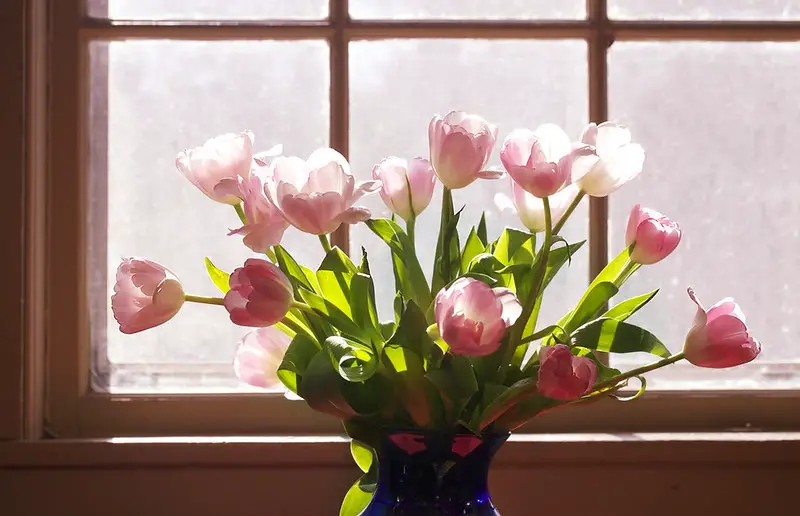
The general rule is to place only those plants that need plenty of sunshine on the south side. If your plant is a shade-loving plant, place it on a north-facing window. Windows that are on the east and west sides are best for growing plants that need medium light.
Now, Although natural light is good for your plants it is not mandatory, you can also use artificial lighting (the set-up might involve a little bit of work) to grow plants.
The best combination would be to use natural sunlight (with the use of proper shedding) during the summers and then supplement with artificial lights in the winter.
Just like the plant selection, your site selection also needs to be more specific. When you pick a spot for growing plants the key here is that it should not only allow ample sunlight but also can be shaded in some way.
Most gardeners prefer, south-facing windows, as they allow abundant light. But depending on where you’re located in the country, this could be a boon or a bane.
When you have a south-facing window it no doubt allows sunlight but the heat also streams in.
The environment can be a very hostile place for many houseplants. Only a few sun-loving plants love south-facing windows during summer.
If you put some plants in direct sunlight during the hottest part of a summer day, especially without proper airflow, You might just burn them to death.
But the same window becomes the most desirable place for winter-flowering plants during cold winters.
How to Protect Plants on South-facing Windows During Hot Summers
It is crucial that you take utmost care of your plants, especially during the summer months. The leaves and the roots of the plant can become overheated due to too much sun exposure.
Even if they don’t die, they use up a lot of energy to protect themselves against extremes in light and temperature, so they cannot thrive.
Here are some useful ways to protect your plants during the hot summer:
- You can protect the roots from extreme heat by placing a growing container inside another container. This type of double potting method insulates the roots from extreme heat and it also looks nice aesthetically.
- Use blinds to cover windows. Blinds are easy to open and close and so you can adjust the heat and light very efficiently.
- Use a sheer curtain or fabric screen. This allows some bright light in and stops a lot of heat from outside. Cover the windows during the hottest part of the day and remove them once the heat reduces.
- You can also use barriers to shade the bottom portion and allow direct light only at the top of the window. This will keep your roots cool but will give leaves the light so that the photosynthesis process does not stop.
- Rather than placing plants horizontally use shelves like these and place them vertically. This way the plants will get more indirect sunlight.
- Tall outside structures like an awning can help you protect plants from the midday sun outside.
- Also, arrange good ventilation during the hottest parts of the day Without proper ventilation the plants won’t survive.
If you live in the northern hemisphere and have south-facing windows, you are quite fortunate as a gardener. Because you can grow a lot of houseplants, you would not be able to grow elsewhere.
Here are our top 5 plant picks that are ideal for growing in a south-facing window.
Desert Cacti:
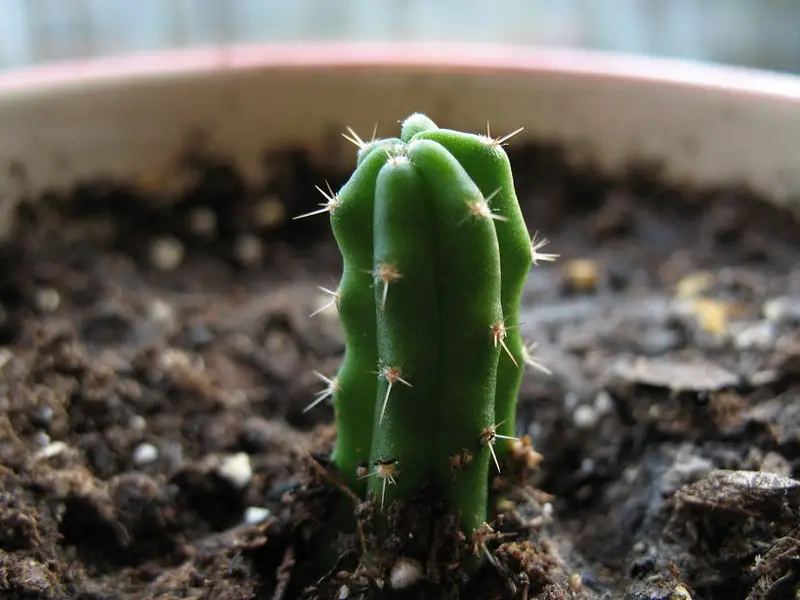
Desert Cacti can live for many years if their needs are fulfilled. Keep them on south-facing windows, water them within 10 to 15 days and they will be happy.
Due to their slow growth rate, they are easy to grow as indoor houseplants. We have discussed cacti growing in this post, see this for more information.
Pineapple Plant:
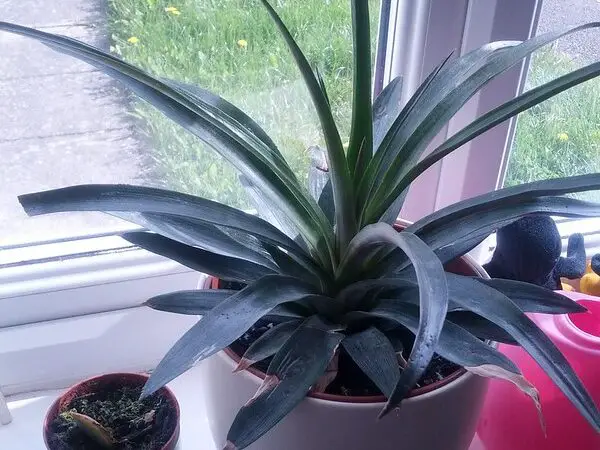
Pineapples are actually quite easy to grow. They can live for two years or longer if given proper conditions. You can either grow pineapple as a fruit or an ornamental plant.
Pineapple is a tropical plant so it needs direct sunlight as well as humidity. Use this post to know more information about growing a pineapple plant.
Golden Trumpet:
Place it less than 3 feet from a south-facing window to maximize the potential for growth. To replenish this plant’s nutrients, repot your Golden Trumpet Tree after it doubles in size or once a year.
Give them a cup of water every 10-12 days and they will be very happy.
Hibiscus:
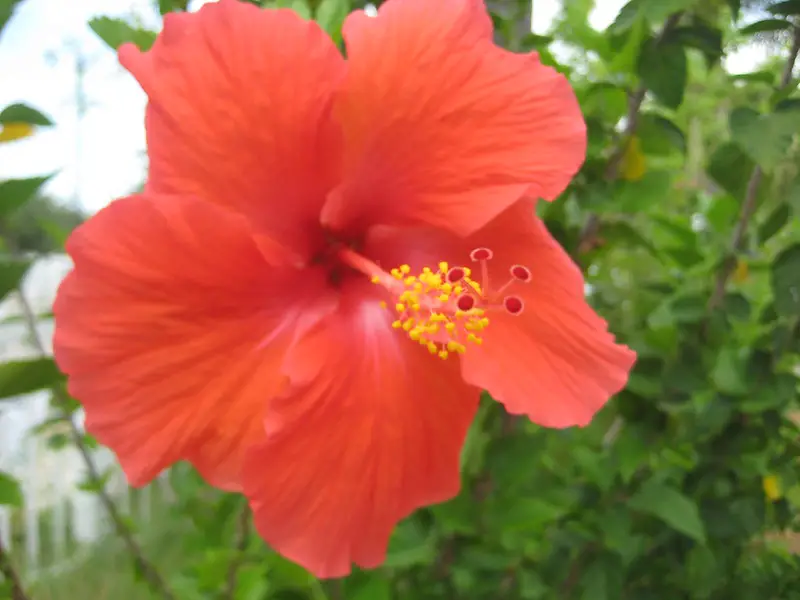
Being a tropical plant, Hibiscus loves a south-facing window when it can get enough sunlight. Use a rich, well-drained soil mixture to grow Hibiscus plants. Keep the soil relatively moist, not saturated and you will do very well with Hibiscus.
Read How to Grow Hibiscus Plants for detailed information.
Orchids:
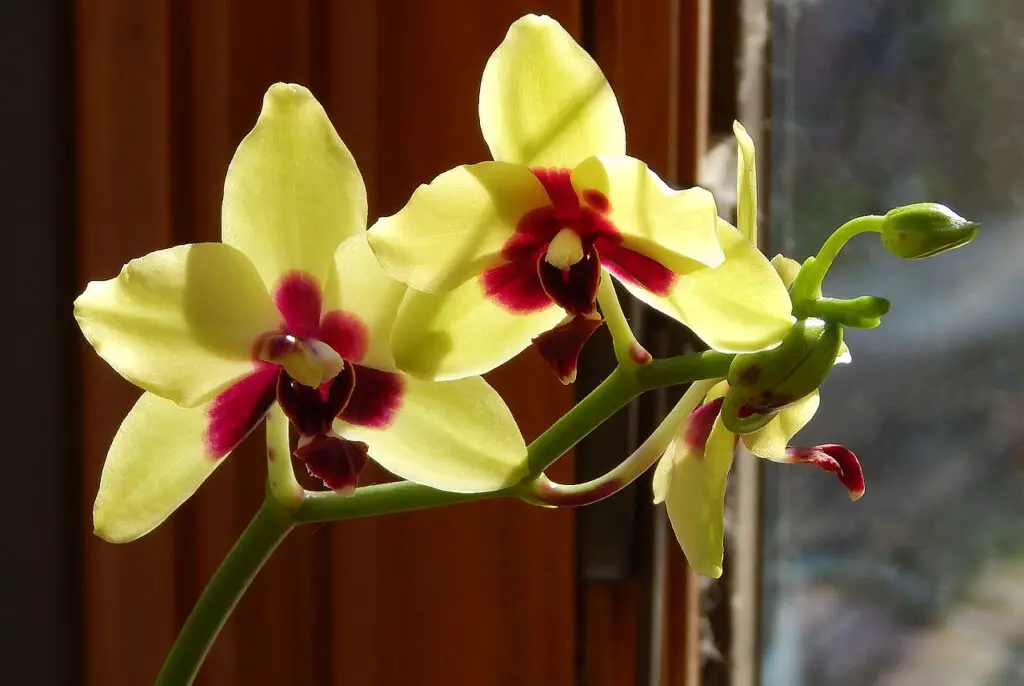
orchids are ideal for your south-facing windows. Here they can get the ideal amount of sunlight for their growth. 60 to 80 percent humidity is ideal for growing orchids, if your climate humidity is very low you can use an artificial humidifier to solve the issue. More about growing orchids in this post.
Geraniums:
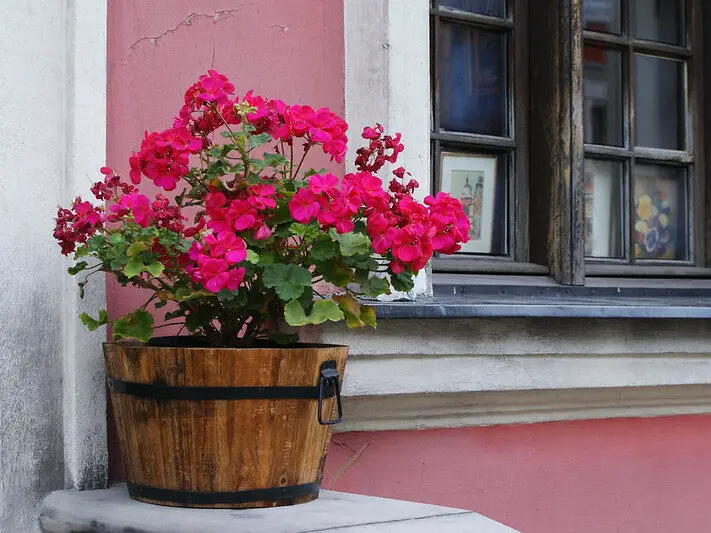
Geraniums love the sun and don’t mind drenching in sunlight for long hours. So a west-facing window is the best choice for growing geraniums indoors. Use a good-quality potting mix. Geranium is a drought-tolerant plant, so water only when the soil seems dry. And avoid overwatering!
Plants with big, soft leaves don’t do well on a south-facing window. It can result in more water loss. Which further escalates to burned leaves and dead plants.
Are Your Plants Getting Enough Sunlight:
If your plants are not getting enough sunlight it also hampers their growth. Here are some of the signs that your plant is not getting enough light:
- Leaves can get smaller due to a lack of light.
- Leaves can become a pale version of their original color.
- The plant stops flowering.
- Leaves may fall or turn yellow.
Are Your Plants Getting Too Much Light:
plants that stay in south-facing windows in summer especially can get overwhelmed by the sheer amount of light. Too much light can also create problems for plants. Here are a few signs that your plants are getting too much light:
- Can result in burnt leaves or patches of plant area that have been scorched.
- Leaves start wilting.
- Dry leaves
Tips and Tricks for Growing Plants on A South-facing Window:
- Keep your windows clean. A dirty window can block a huge chunk of light.
- Due to phototropic movement, most plants grow toward the source of the light, so rotate the pots a little bit each week so they will grow evenly.
- Don’t get disheartened if you don’t get enough light in your house. You can also grow plants without sunlight. Arrange some good quality artificial lighting like this and you are ready to go.
- Choose a dwarf variety of plants so they don’t obstruct the view.
- While selecting plants consider their individual watering needs. Don’t grow plants that vary widely in their water requirement in the same window box.
Conclusion:
So in conclusion we can say A south-facing window is an excellent place to keep indoor plants, as long as you keep the right types of indoor house plants. You should also take the necessary steps to protect the pants from extreme direct sunlight and take care of their watering and other needs.
Remember if you’ve seen good results with existing houseplants, you’ve found some good spots already. Also, take very good care of your plants particularly if you are growing any form of herbs.
Hope you like the post. You can read more indoor gardening-related posts by clicking here.
Amazon and the Amazon logo are trademarks of Amazon.com, Inc, or its affiliates.

Hi there! My name is Prasenjit and I’m an avid gardener and someone who has grown a passion for growing plants. From my hands-on experience, I have learned what works and what doesn’t. Here I share everything I have learned.
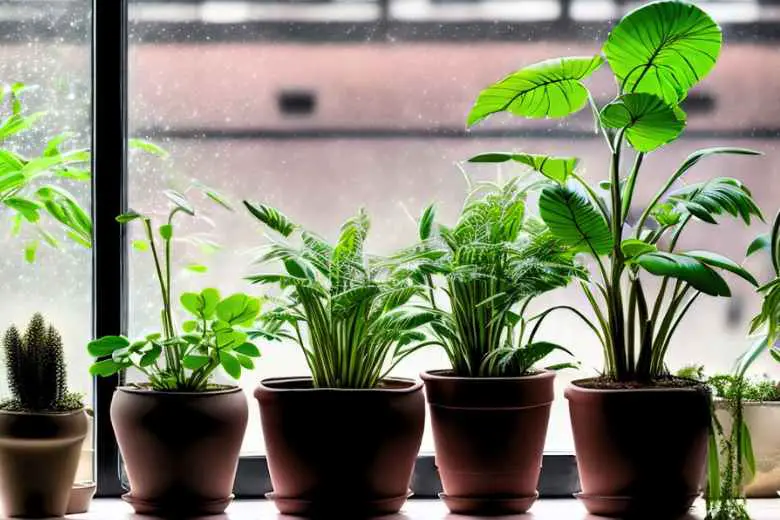
Light is an important factor in the growth of plants but natural sunlight is still the best. There is also the availability of grow light for indoor plants.